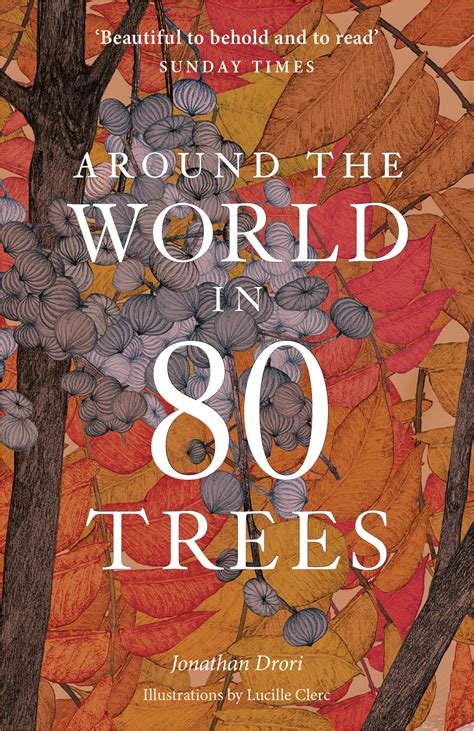A reading list for the forest
We often have people coming into the shop who have gotten into woodwork and timber but want to know where to go for more information, especially about where the materials we work with come from.
We believe it’s essential to being thoughtful and exacting shepherds of this beautiful material to know where it comes from, why it grew in the first place, and what we can be doing to ensure that forests are able to grow for future generations to see, understand, and love. In this post we’ve put together a list of a few articles and books that talk a bit more about forests, and the complex biodiversity and life that timber once had.
It’s hard to believe, but the exact science of how the forest functions is a relatively young one, with even recent history believing that trees were stand-alone structures in silent forests. However, in The Hidden Life of Trees, Peter Wohlleben dives into the stories and worlds that these beautiful, collossal living things tell of.
Rather than being the solitary, lonely ancient beings we once believed, Wohlleben draws on exciting new research to show that the forest ecosystem is closer to one of family or community, with multiple trees (even across species) working together to ensure survival and success for their progeny and peers.
If you aren’t able to get your hands on a copy of the book, this article in the Smithsonian Magazine by Richard Grant talks a bit about the subject, including Grant spending some time with Wohlleben in the forest, and serves as the perfect entrée for finding and devouring the book.
Taking a different turn, award winning book The Overstory paints a slightly different picture of what a forest is and does, this time through the lens of fiction.
Across a selection of stories, Richard Powers links together the lives, fates, and futures of a diverse set of characters with the natural world, and what their experiences lead them to believe, see and do to address the destruction it faces.
There is no accident that the way the stories are stitched together feels familiar of the ties and networks that trees communicate through, with this lingering idea of greater worlds continuing to spin just off the page, with Powers’ novel taking home the 2019 Pulitzer prize for fiction, among many other shortlistings.
While this book may not be a factual recount of the forests like the others on this list, the beautiful writing will stay with you, and the message is one we could all do to hear and share loudly.
In Finding the Mothertree, Suzanne Simard treads similar ground to Wohlleben, drawing on a history of science communication to explore in intimacy the world of the forest. If The Secret Life of Trees didn’t leave you convinced, Simard’s clear and clever prose spells out the way that forests are societies, with all of the benefits, quirks and complications that come with those, and shows how through understanding these complexities and worlds we can be better citizens for our planet.
At times mysterious, the forces that the forest weaves become less so, through this work, and as we see through Simard’s eyes and story, it’s hard not to feel a deep love for the forests she works in and calls home.
Along these lines, if you’ve not read the New York Times piece The Social Life of Forests, it’s a great introduction to Simard’s ideas.
Finally, we could not recommend Jonathan Drori’s Around The World in 80 Trees any more. The book is a fast paced and at times breathtaking journey through 80 species that played pivotal roles in human history, crafts, science, and more, and if you have enjoyed any of the others on this list it’s a must read.
Some of the stories you’ll read may seem too strange or outlandish to believe, but the history of wood rarely sits perfectly square. Sitting alongside the illustrations of Lucille Clerc, this is a book you’ll be getting out for years to not only show off, but to accompany you on tree-spotting travels.
Our only note is that, as you would expect from the title, there is a limited focus on Australian native timbers, but we have our boughs crossed for a localised sequel that goes into the beautiful diversity found on this continent.
If you’re interested in browsing through some other books on timber and woodworking, come visit us during our store hours and check out our woodwork library!










